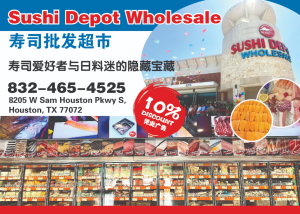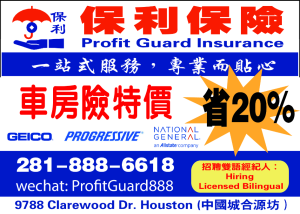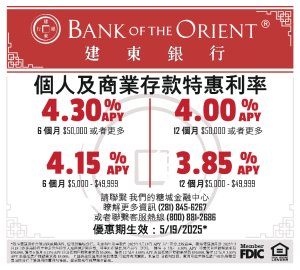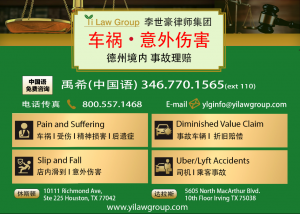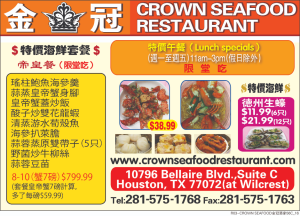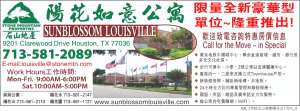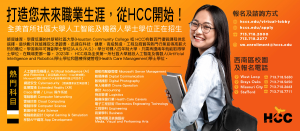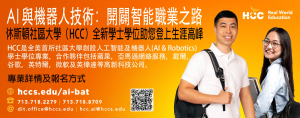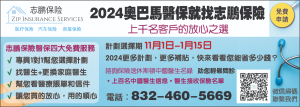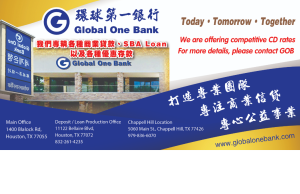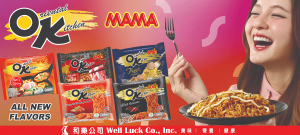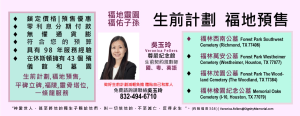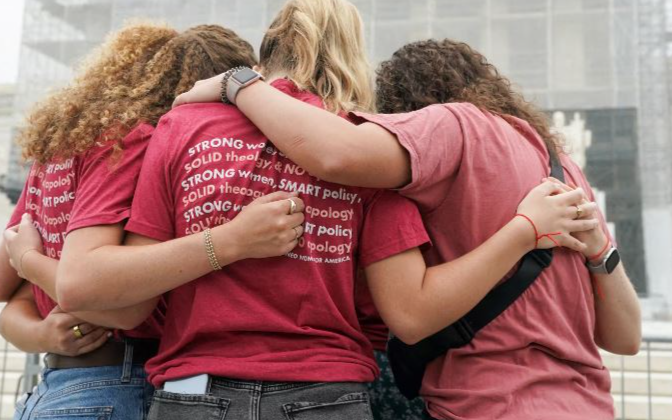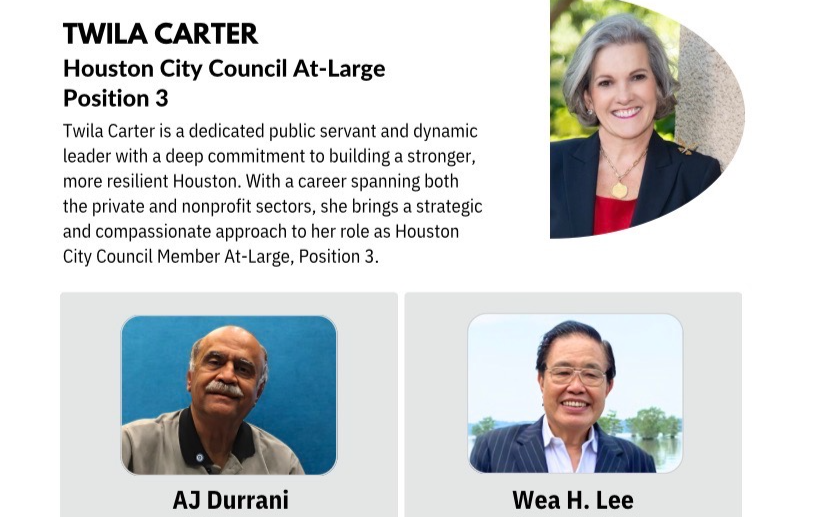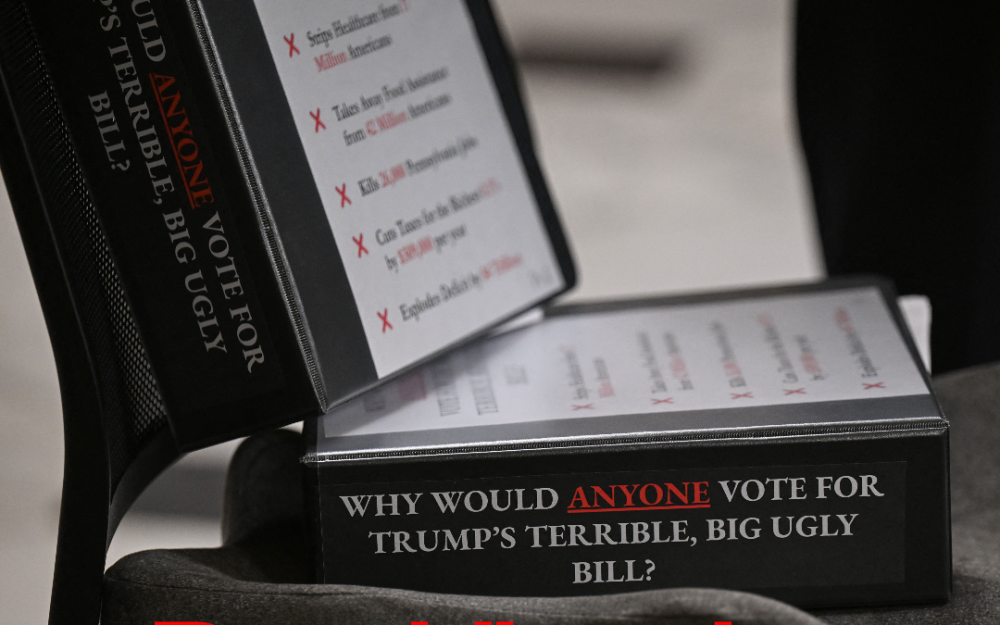黄仁勋再访中国:科技巨头的外交平衡术
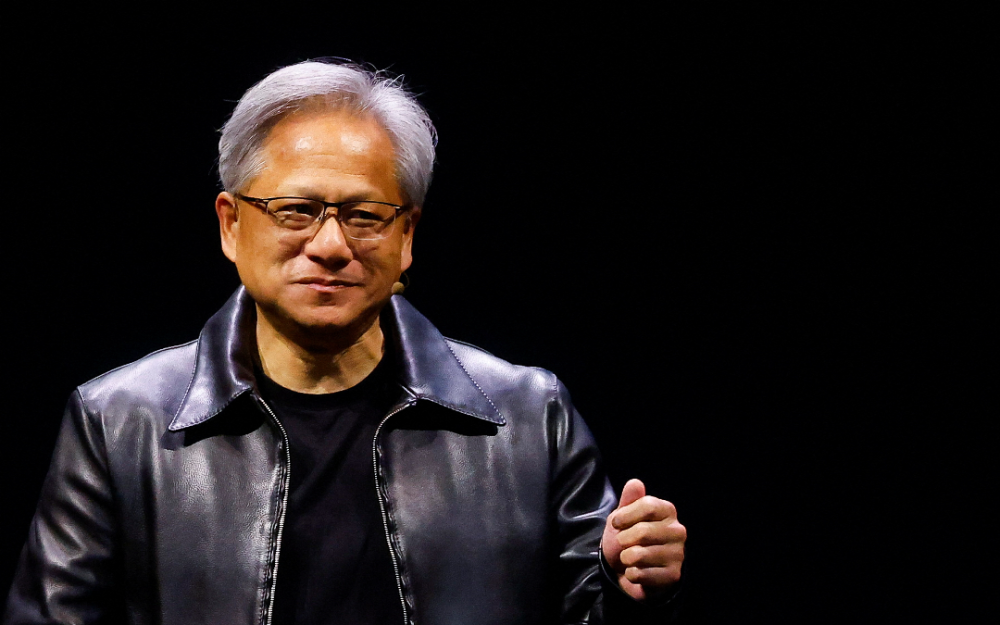
Jensen Huang’s China Visit: A Diplomatic Balancing Act In The Age Of AI
In the midst of an escalating tech cold war, NVIDIA CEO and co-founder Jensen Huang is once again stepping onto Chinese soil—not merely as a businessman, but as a global tech diplomat navigating the delicate fault lines between Washington and Beijing.
A Cross-Border Mission for the Future of AI
Since the U.S. government imposed stringent export controls on high-end AI chips to China, NVIDIA has found itself at the epicenter of the fallout. The ban on its flagship H100 and H20 chips has cost the company billions in lost sales. Yet China still represents over 13% of NVIDIA’s annual revenue—roughly $17 billion—a market too significant to abandon.
Huang’s current trip, scheduled for mid-July, includes a high-profile appearance at the China International Supply Chain Expo in Beijing. There, he is expected to meet with Chinese leadership, including Premier Li Qiang and Commerce Minister Wang Wentao. He will also introduce a newly developed, China-compliant AI chip—a product specifically modified to skirt U.S. restrictions while still appealing to Chinese buyers.
It’s a strategic move that highlights NVIDIA’s efforts to sustain relevance in a restricted market through technological compromise and political agility.
Meeting Trump Before Beijing: Playing Both Sides of the Chessboard
One of the most telling signs of Huang’s diplomatic savvy is his reported pre-trip meeting with President Trump—a calculated move to secure political understanding before stepping into China’s political arena.
In essence, Huang is playing a delicate game of bilateral trust-building, attempting to show goodwill and transparency to both powers. His strategy underscores a growing reality in global business: tech CEOs must now act as diplomatic actors, not just entrepreneurs.
Where Technology Meets Geopolitics
In this geopolitical chess match, Huang has become more than a Silicon Valley success story. He is a cultural bridge, fluent in both East and West, and a key figure in the global AI race. His actions may help define how cross-border technology partnerships survive in an era of suspicion and control.
This visit is not just a corporate tour—it is a mission of repair. It may help NVIDIA maintain a foothold in China, but more importantly, it symbolizes how tech leaders can take initiative when governments falter in dialogue.
The Road Ahead: Openness as a Strategy
Jensen Huang understands something critical: while China and the U.S. may continue to clash over chips and code, the future of AI—and possibly of humanity—will require cooperation. No one wins this race alone.
May this trip mark not just a business breakthrough, but a renewed opening for dialogue, partnership, and shared innovation between the world’s two AI superpowers.








